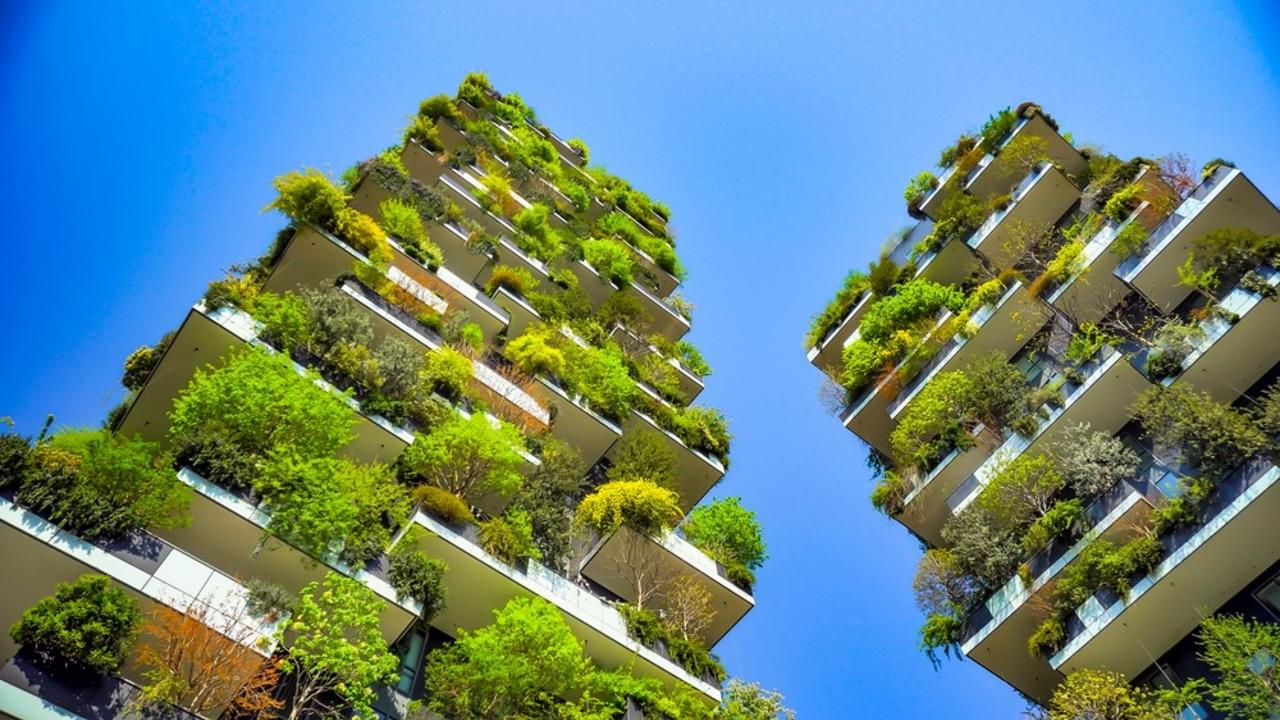Green Buildings

What is so great about Green Buildings?
Green Buildings are rapidly increasing in popularity not only because of the imperative to reduce our ecological footprint and carbon emissions, but also because of the low-cost of maintaining these buildings and the extremely high satisfaction among occupants. Not to mention the often highly appealing aesthetics of these high performance buildings.
“Green” is a term that is applied to buildings which have been built and designed in a way that is resource-efficient and environmentally friendly. Green buildings have a reduced impact on the environment, a positive impact on occupant health, and cost less to maintain. As climate change is considered one of the biggest issues of our time, there is an urgent need to alter the way we are currently living. According to the United Nations Environment Program, commercial and residential buildings are responsible for 36% of global energy use and 39% of energy-related carbon dioxide emissions annually.
Not only do building emissions come from the daily operation of a building, but they also come from the production of building materials, transportation, and the construction process. Therefore, it is easy to see how buildings have the ability to contribute significantly to global warming. By not considering the full life-cycle of a building we are doing a disservice to future generations when we are just thinking about the immediate costs of construction, and not taking into consideration the operating costs or how long the building will provide useful service.
Sustainable construction principles
Green buildings aim to reduce their impact by using sustainable construction, which addresses ecological, social, and economic issues. According to Task Group 16 of the Conseil International du Bâtiment, an international construction research networking organization, there are seven principles of Sustainable Construction which should be considered during each stage of the design and construction process of a building. These Principles are:
- reduce resource consumption
- reuse resources
- use recyclable resources
- protect nature
- eliminate toxins
- apply life-cycle costing, and
- focus on quality.
Elements of a green building
There are a number of factors that make a building green. One of the most important is the efficient use of energy, water, and other resources. This can be achieved through the use of energy and water efficient appliances, passive design features, and landscaping that incorporates native plants which require less water and maintenance. Another important green building feature is the use of renewable energy. Whether a building uses wind or solar power, geothermal heating and cooling, or biomass heating, it is significantly lowering its environmental footprint. When designing a green building or adding green renovations to a pre-existing one, it is also important to consider the materials used. Non-toxic materials, such as varnishes and paints, are essential in ensuring that a building has good indoor air quality and is healthy and safe for occupants. Additionally, the materials used within a green building should be ethical and sustainable. For example, wood that has been certified as sustainably sourced or recycled materials can often be found within a green building.
However, some Green Building Standards go far beyond these basics to also encompass aspects of operations within the building such as the use of cleaning products, recycling and even food, access to daylight and workplace culture. Check out EP 08 of the Live. Well. Green. podcast for more on these innovative Green Building Standards.
Why go green?
The environmental benefits of a green building are quite obvious, seeing as the aim of a green building is to reduce or eliminate negative environmental impacts while creating positive impacts through design and operation. There are also many economic benefits. While the upfront cost of a green building may be expensive, you will incur cost savings on utility bills and reduce construction costs when you use local and recycled materials.
Additionally, having a commercial or residential building with green elements will increase the property value. The social benefits consist of the increased health and wellbeing of occupants. There are even a number of studies that indicate an increase of productivity.
It is easier than you think to apply green building elements to your life. Whether you are looking for a new home or renovating your current place, consider making an environmentally, socially, and economically sound decision by implementing some green building features!
EP 26: Top 10 Green Building Technologies for Your Home
EP 08: The WELL Building Standard and Other Green Building Frameworks
Ep 20: Smart Low-Cost Ways to Green Your Home
World Green Building Council – what is a green building?
10 ways to make your home eco friendly
Stay connected with news and updates!
Join my mailing list to receive the latest news and updates. Your information will not be shared.

